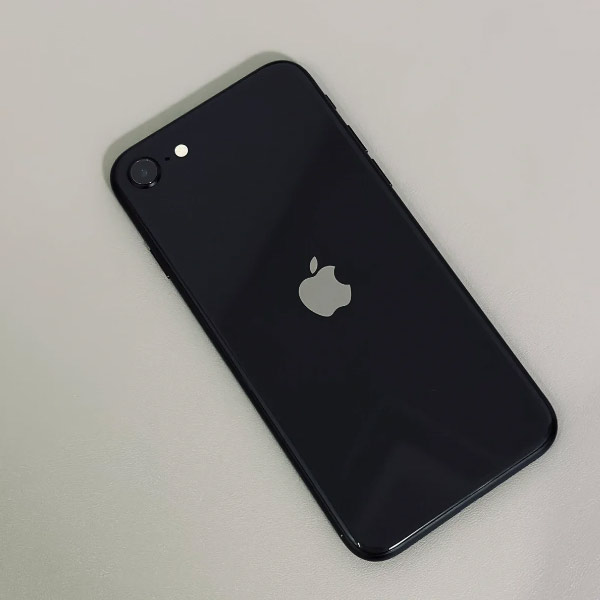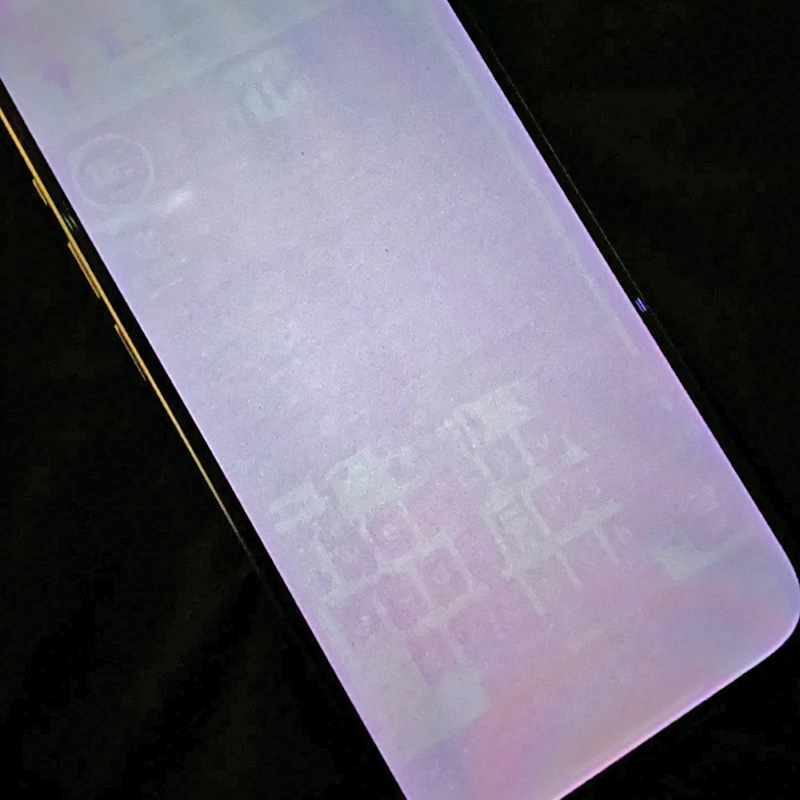Have you ever noticed what seems to be screen burn-in on a solid-colored background? Is screen burn-in permanent? Don’t worry just yet; it might not be burn-in but rather temporary image retention.
Identify Your Screen Type
First, you need to identify your screen type. If you have an LCD screen, the chances of experiencing burn-in are almost negligible due to the display principle of liquid crystal molecules controlling light transmission.

LCD Image Retention
If your LCD screen shows image retention, it’s usually caused by displaying the same image for a prolonged period or having high contrast, such as keyboard image retention caused by prolonged typing. Leave it be; it will gradually fade and become less noticeable within an hour.
OLED Screen Burn-In
For OLED screens, the possibility of image retention resembling burn-in is much higher. If the image retention is still relatively shallow, correcting bad usage habits (avoiding prolonged high-brightness displays of static images or icons) for a period can help the screen recover to normal.
This is due to ongoing technological advancements in preventing OLED burn-in. Technologies like the burn-in prevention algorithm in iPhones, LG TVs’ Screen Shift feature, and pixel refreshing (automatically run when the TV is turned off) have reduced the risk and extended the lifespan of OLED screens to a certain degree.

If the image retention on your screen significantly exceeds the threshold for self-recovery, it is indeed burn-in, and the ghost image will not disappear on its own.
Can Image Retention (Burn-In) Be Repaired?
Burn-in is typically considered irreparable. However, there is a window of time to remove screen retention (ghosting) based on the extent of screen aging. If you want the ghosting image to fade or disappear, try our free burn-in repair tool during a period when you’re not using the screen, such as when sleeping or while you’re out.
If your entire screen is significantly reddened, and the burn-in is very apparent, using this tool might not resolve the issue. In that case, you should consider replacing the screen or the device for a smoother user experience.
Conclusion
In summary, the likelihood of burn-in on LCD screens is very low, with image retention being more common. For OLED screens, there is a risk of burn-in, but modern technology and preventative methods can reduce this risk. If you encounter burn-in, taking the right steps promptly can alleviate or repair the issue to some extent.